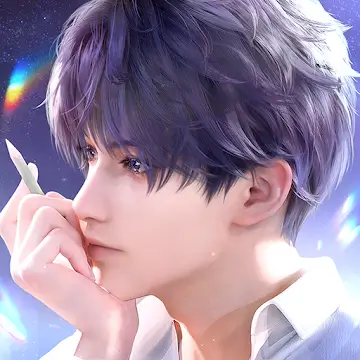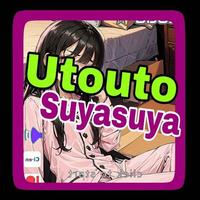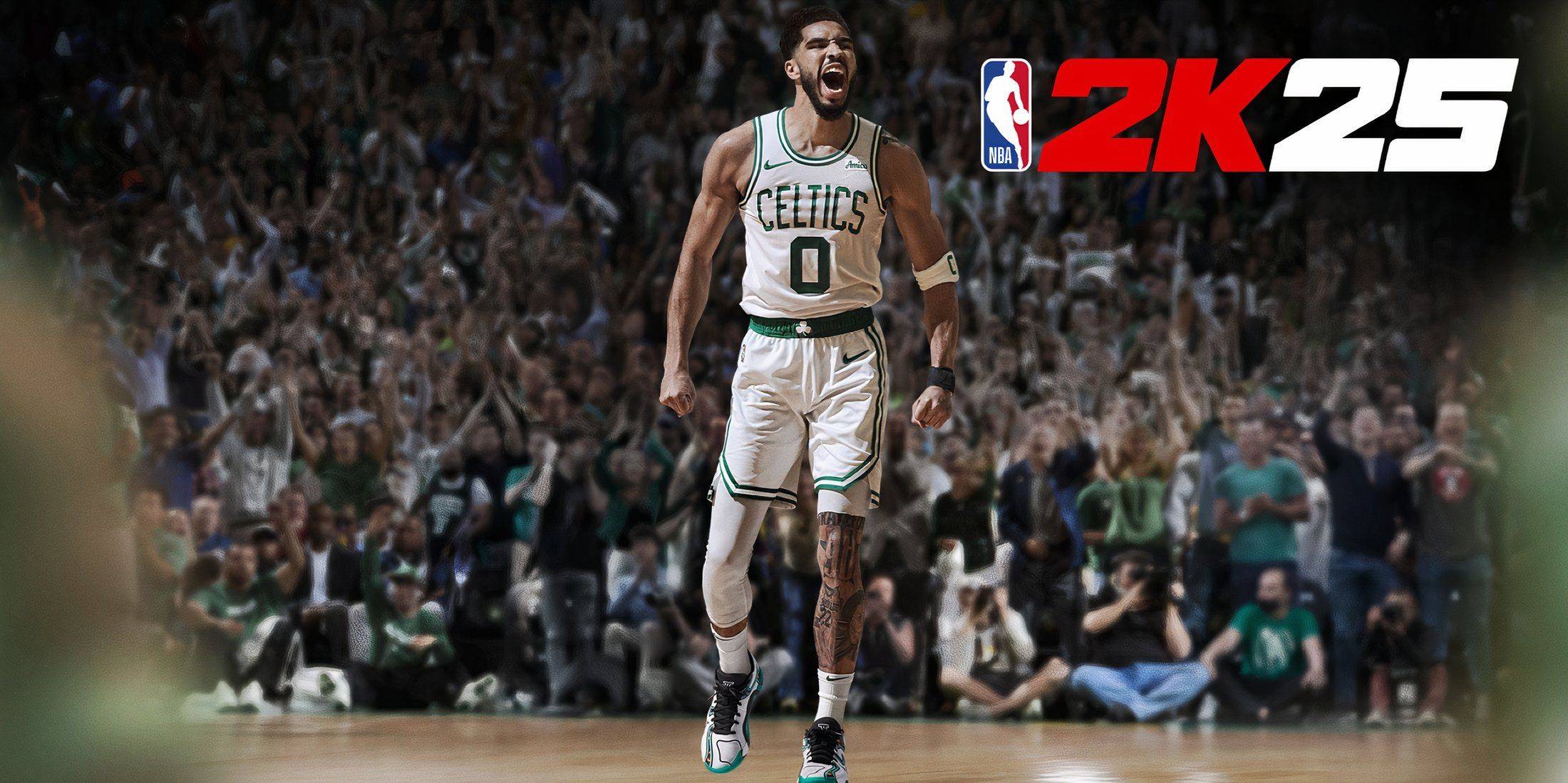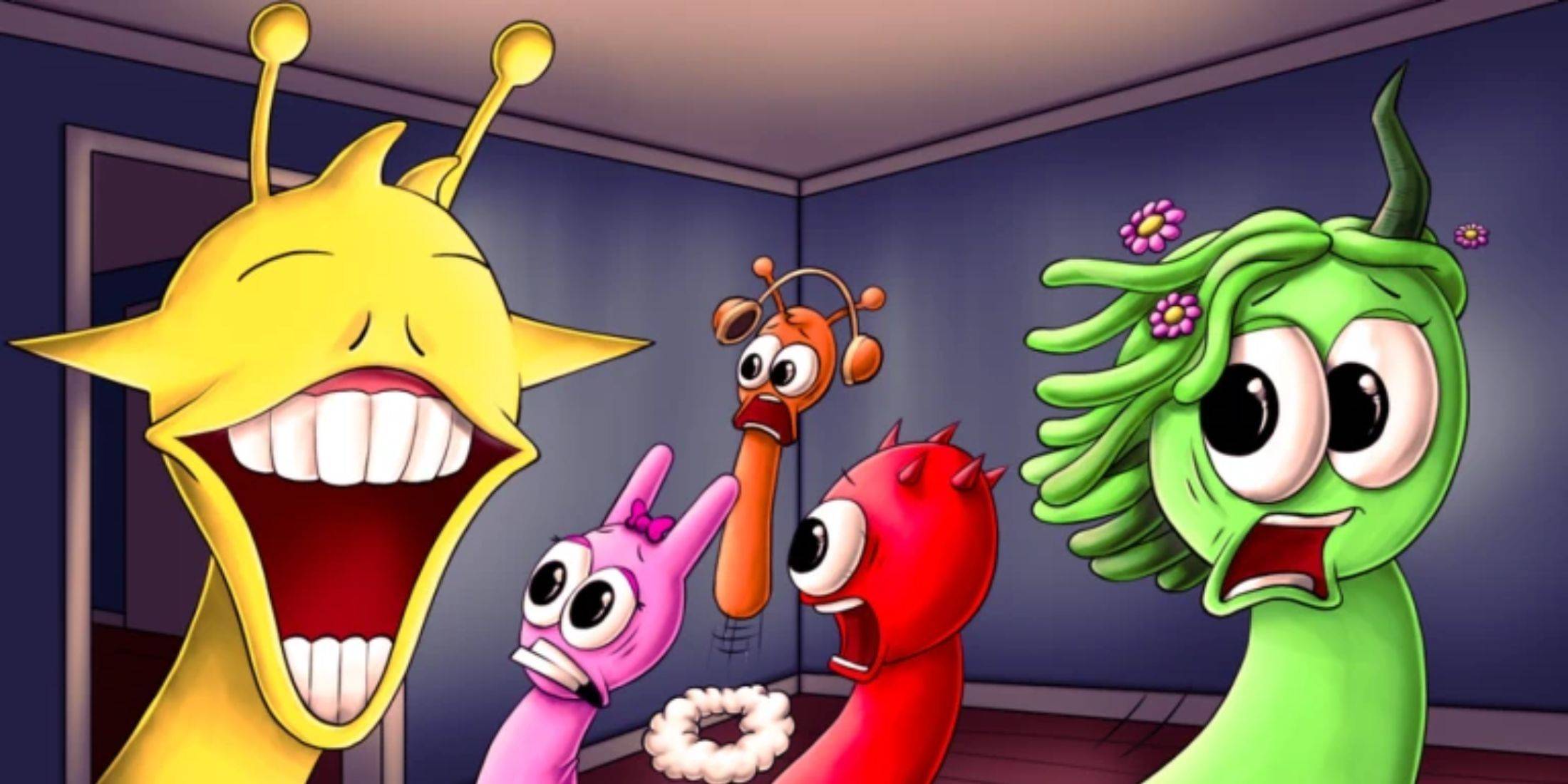$80 for Mario Kart World? Seriously?
Today's Nintendo Direct revealed crucial details about the Nintendo Switch 2, answering longstanding questions about launch titles and release dates. Perhaps most surprising was the pricing reveal - not just for the console itself, but for games and accessories. While the showcase dazzled with exciting announcements, Nintendo had some serious justifying to do regarding these premium price points.
Nintendo Switch 2 standalone: $449.99
Nintendo Switch 2 Mario Kart World Bundle: $499.99
Mario Kart World standalone: $79.99
Donkey Kong Bananza: $69.99
Nintendo Switch 2 Pro Controller: $79.99
Nintendo Switch 2 Camera: $49.99
Joy-Con 2 Controller pair: $89.99
Joy-Con 2 Charging Grip: $34.99
Joy-Con 2 Strap: $12.99
Joy-Con 2 Wheel pair: $19.99
Nintendo Switch 2 Dock Set: $109.99
Nintendo Switch 2 Carrying Case and Screen Protector: $34.99
Nintendo Switch 2 All-In-One Carrying Case: $79.99
Nintendo Switch 2 AC Adapter: $29.99
These prices represent a significant investment for players - even those opting for just the console, a couple games, and perhaps an extra controller. The console pricing particularly stands out. While analysts predicted a $400 price point earlier this year, some warned it could climb higher due to economic and technological factors.
The real shocker? Mario Kart World's $80 price tag makes it Nintendo's most expensive standard edition game ever. While bundling offers a $30 discount, this unprecedented pricing has fans worried about accelerating game costs. Remember when games jumped from $60 to $70 just a few years ago? This new hike comes sooner than anyone expected.
Why these prices? Will more increases follow? Industry experts weighed in.
The $450 Console Explained
Analysts weren't surprised by the slightly higher-than-predicted price. Key factors include tariffs, manufacturing costs, and competitive positioning.
Joost van Dreunen, NYU gaming professor, describes this as Nintendo's "strategic balancing act" against rising costs and tariff uncertainties. Piers Harding-Rolls notes the natural progression from Switch OLED's $350 price, speculating that tariff concerns delayed the final pricing announcement.
Dr. Serkan Toto adds that Nintendo likely benchmarked against Sony's $700 PS5 Pro while accounting for inflation. Analyst James McWhirter highlights Nintendo's unique Japanese pricing strategy - offering both region-locked ($333) and international ($467) models to control grey imports.
The $80 Game Pricing Strategy
When pressed about Mario Kart World's premium pricing, analysts suggested multiple factors:
- Future-proofing against economic uncertainties
- Testing pricing elasticity with Nintendo's safest franchise
- Covering rising manufacturing costs (including expensive flash memory)
- Funding first-party title migrations
- Compensating for Nintendo's reluctance toward aggressive microtransactions
- Incentivizing digital purchases
As Toto bluntly states: "Nintendo is charging this price because they feel they can and that people will pay."
Market Impact
Despite pricing concerns, experts expect strong initial sales among core fans and affluent households. The real test comes in Year 2 when reaching mainstream audiences becomes crucial.
Van Dreunen projects 12-15 million units sold in the first year, bolstered by backward compatibility. However, Toto cautions that $70-$80 games may struggle with family audiences facing tighter budgets.
While the Nintendo Direct delivered exciting announcements, these significant price increases raise valid concerns about gaming affordability. Here's hoping $100 games don't become the next industry talking point.





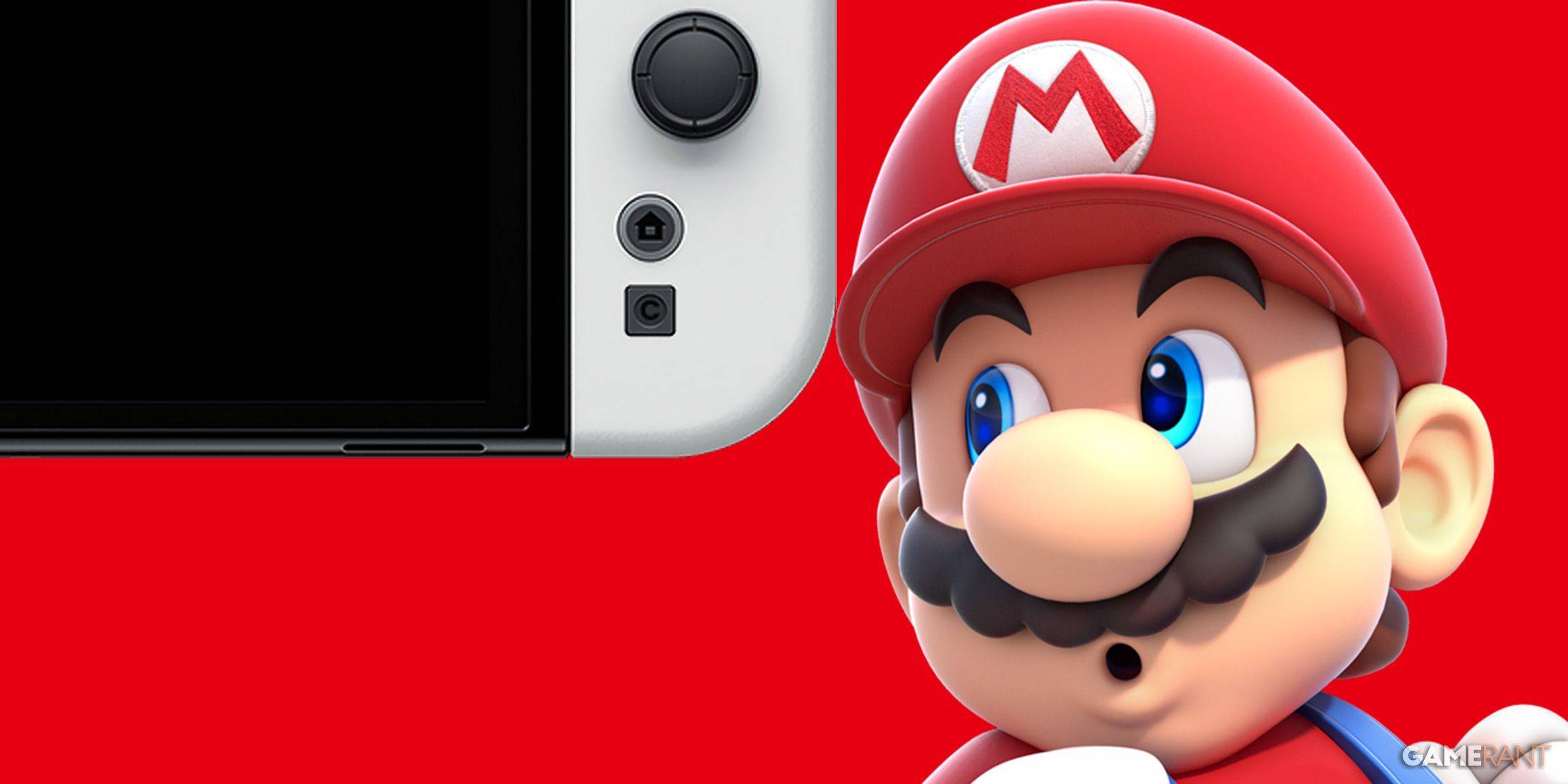
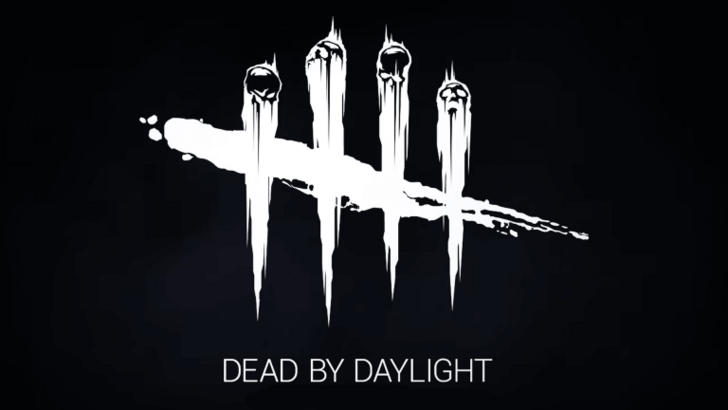
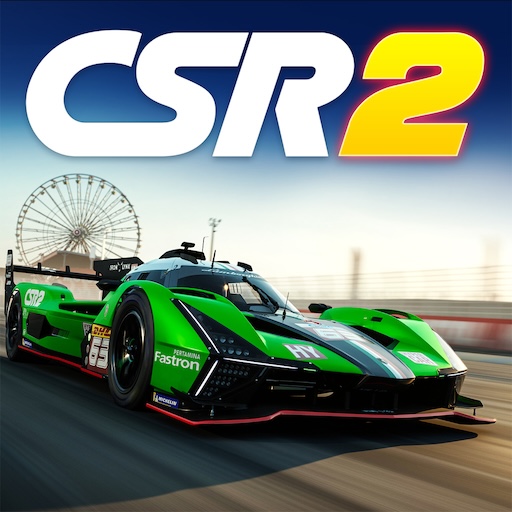
![Taffy Tales [v1.07.3a]](https://imgs.xfsxw.com/uploads/32/1719554710667e529623764.jpg)


